Best Kitesurfing Spots in the Philippines

Dreaming of turquoise lagoons, palm-fringed beaches, and winds that whisper “kite up”? The Best Kitesurfing Spots in the Philippines deliver just that—and then some. From the bustling vibe of Bulabog Beach in Boracay to the secluded magic of Capusan and Quijano in the Cuyo Islands, this archipelago offers a unique kite adventure for every rider.
This guide covers everything—when to go (hint: Amihan season’s your friend), where to ride (flatbottom toys or wave shredder territory?), and how to get there with gear. We’ll map out the sweet spots in Palawan’s lagoons, Siargao’s hidden kite-friendly corners, Mindoro’s untouched gem, and that remote northern beauty, Pagudpud. Along the way, expect wind-speed insights, travel tips, local vibes, and a few insider suggestions off the beaten path.
When to Go: Understanding Wind Seasons
The Amihan (Nov–Apr): Steady Trade Winds
If you’ve spent any time kitesurfing in Southeast Asia, you’ve probably heard whispers of the Amihan season — and for good reason. From November to April, the Philippines sees steady northeast trade winds sweeping down from Siberia. They’re consistent, clean, and range between 15–30 knots, making this the prime time for riding.
Spots like Boracay’s Bulabog Beach, Cuyo Islands, and Kingfisher in Pagudpud absolutely light up in this period. The seas are generally calmer on the east coasts during Amihan, which means glassy lagoons, fewer chop battles, and more freestyle playtime.
Insider tip: The sweet spot for consistent sessions is mid-December to late March. Early season (Nov) can still be setting up, and April sometimes brings lighter winds, depending on El Niño or La Niña patterns.
The Habagat & Off-Season: Risks and Opportunities
From May to October, the southwest monsoon (Habagat) takes over. This brings heavier rains, stormier seas, and unpredictable wind patterns — which is why many schools close for the season.
But here’s the twist: some sheltered locations still work. Siargao’s General Luna lagoon and certain pockets in Palawan can offer rideable conditions when storms stay at bay. For wave-seekers, the Habagat can also deliver juicy swells — just be prepared for rain sessions and more safety vigilance.

🏄 Boracay – Bulabog Beach & Seco Island Expeditions
Boracay is the Philippines’ kitesurfing poster child — and for good reason. Bulabog Beach, on the island’s east coast, transforms into a wind-swept playground from November to April during the Amihan season. The wind blows side-onshore at a steady 15–25 knots, making it perfect for flat-water kitesurfing in a protected lagoon.
The infrastructure here is unmatched: you’ll find kite schools offering beginner lessons, gear rentals, and advanced clinics. Whether you’re learning your first waterstart or perfecting handle passes, Bulabog has the space and support.
The real adventure? Hop on a kite safari to Seco Island, a pristine sandbar about 2–3 hours away by boat. Imagine turquoise waist-deep water stretching forever — it’s freestyle heaven. You’ll often find seasoned riders pulling endless tricks here while beginners enjoy the calm and forgiving setup.
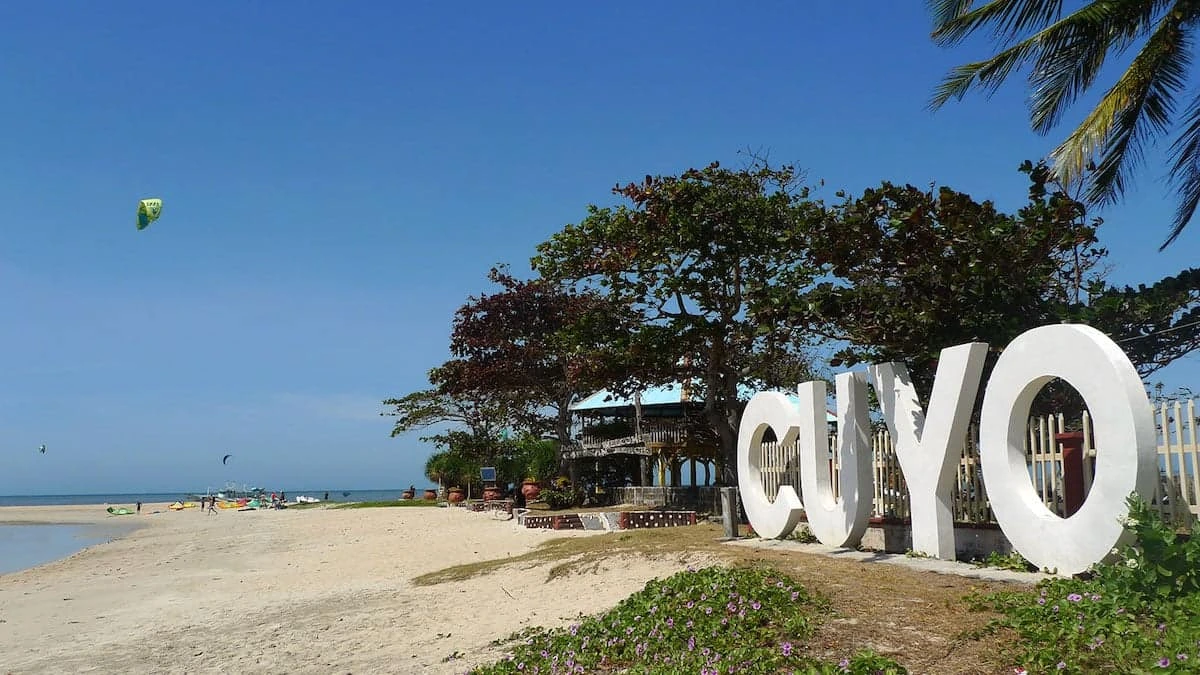
🏄 Cuyo Islands – Capusan & Quijano Beaches
If Boracay is the extrovert of Philippine kitesurfing, Cuyo is the quiet, soulful rider who just nails every trick without fanfare. Located between Panay and Palawan in the Sulu Sea, Cuyo gets some of the most consistent winds in the country — often topping 25 knots during the heart of Amihan.
Capusan Beach, right in the town proper, offers a stunning sand spit that changes shape with the tides. Flat-water lagoons here are perfect for freestyle, while the outer reef offers small wave sections on windy days. Quijano Beach, a few kilometers away, is even more secluded.
Cuyo doesn’t have big resorts or nightlife; it’s a kite-eat-sleep-repeat kind of destination. Getting there is an adventure — think small prop plane or overnight ferry — but that’s exactly why it remains uncrowded.
Unique insight: Many pros come here for long training stints. With zero distractions and unbeatable wind reliability, it’s a performance paradise.
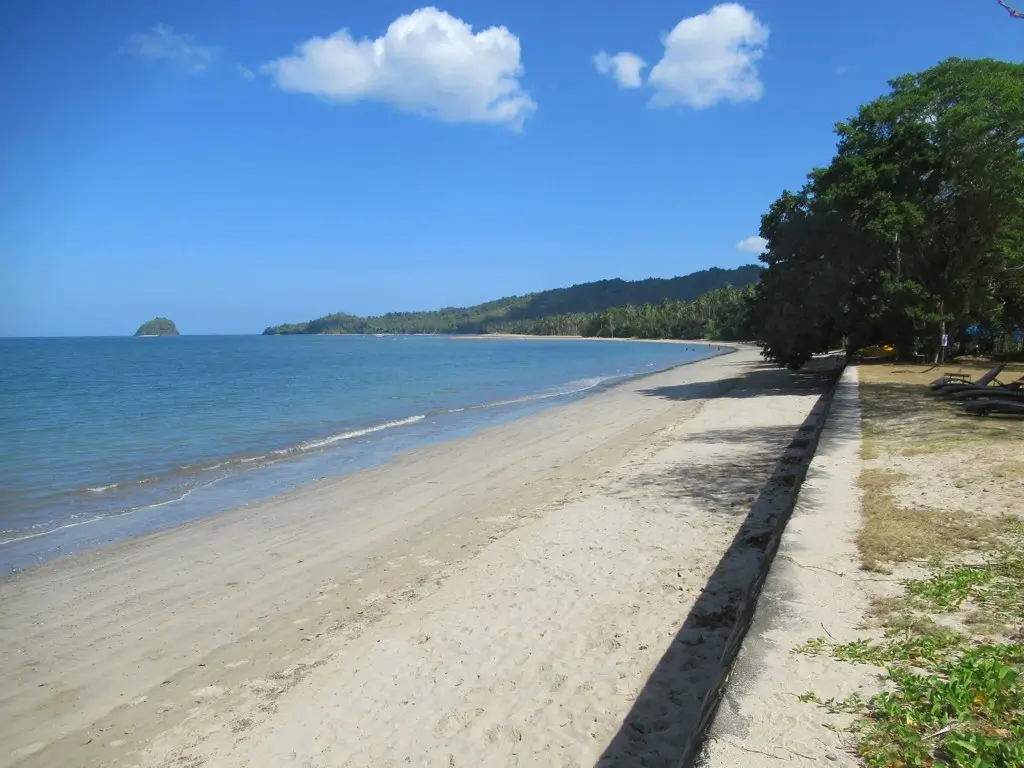
🏄 Palawan – El Nido & Puerto Princesa
When people think of Palawan, they imagine limestone cliffs, secret lagoons, and emerald waters — and kitesurfers get all that plus great riding.
El Nido’s surrounding bays — Silbatan, Bulang, and Darocotan Bay — offer both flat-water zones and wave riding opportunities. These are more remote spots, often accessed by small banca boats, which means you can have an entire bay to yourself.
In Puerto Princesa, Honda Bay and nearby sandbars can deliver solid sessions, especially mid-Amihan. Schools are fewer here than in Boracay, so bring or arrange your own gear.
Unique insight: Palawan is ideal for combining kitesurfing with multi-day island-hopping safaris. Pack your kite and ride new beaches every day, camping under the stars.

🏄 Siargao – General Luna Lagoon & Beyond
Siargao is known globally as the surfing capital of the Philippines, but it’s also hiding a gem for kitesurfers: General Luna Lagoon. During the Amihan season, this large, shallow expanse gets consistent 15–20 knot winds, offering glassy conditions perfect for freeride and freestyle sessions.
While the wind is lighter than Boracay or Cuyo, the vibe is unmatched — think laid-back island culture, barefoot cafés, and a community that blends surfers and kiters. When the wind drops, you can hop on a motorbike and chase world-class waves at Cloud 9 or explore hidden coves.
More adventurous riders head to Dapa or nearby sandbars for private sessions. The lagoon’s mix of flat water and small wave sections keeps things interesting, and it’s a great place to experiment with transitions, unhooked tricks, or lightwind foiling.
Unique insight: Siargao’s kiting scene is still under the radar. You’ll often have sessions with just a handful of other riders — a rare luxury in Asia.
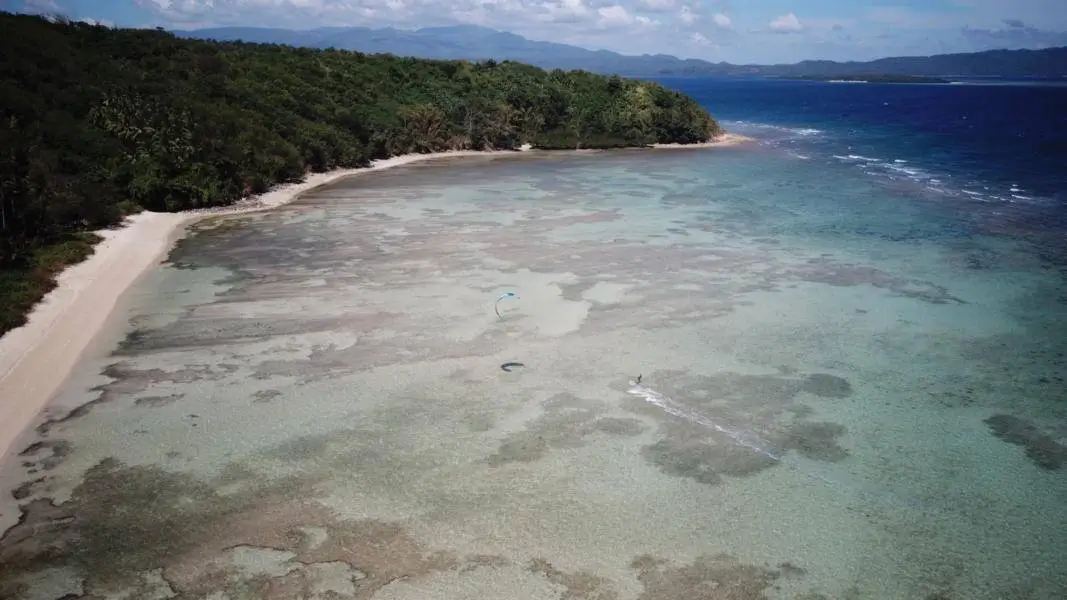
🏄 Mindoro – Bislig Beach & Remote Adventures
Mindoro is one of those places where you almost don’t want to tell anyone — it’s that good. Bislig Beach, near Bulalacao, offers side-onshore winds and flat sections inside the reef, with clean waves on the outside for those who like to mix disciplines.
What makes Mindoro stand out is the raw, unpolished feel. You won’t find glossy kite resorts here; instead, you’ll meet friendly locals, ride with a handful of committed expats, and launch from uncrowded beaches.
Access can be a bit of a mission — usually a ferry from Batangas to Calapan — but once you’re here, the payoff is empty sessions and a genuine sense of adventure.
Unique insight: This is a perfect spot for camp-style kite trips with friends. Bring your own gear, a hammock, and a sense of self-sufficiency.
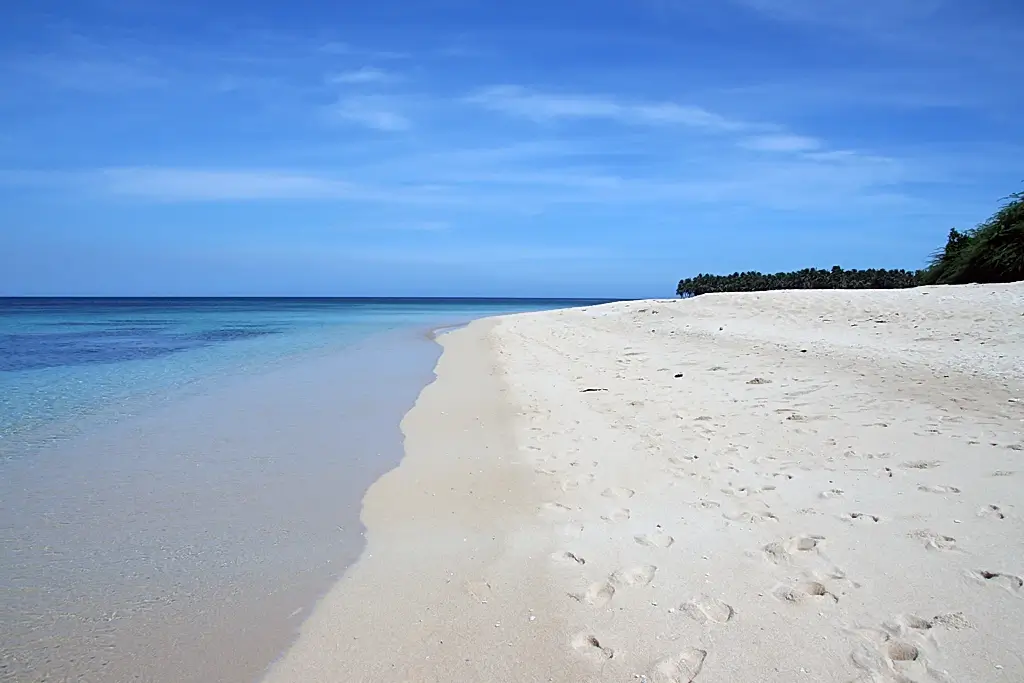
🏄 Pagudpud – Kingfisher Resort Zone
Up in the far north of Luzon lies Pagudpud, home to the legendary Kingfisher Resort. This spot is a wave rider’s dream during the Amihan season, with steady cross-shore winds and peeling waves breaking over sandy bottoms.
The main stretch in front of Kingfisher is ideal for intermediates and advanced riders, while beginners can stick to the inside where waves mellow out. The resort itself is fully kite-focused, with gear storage, rescue services, and daily wind reports.
Because of its location, Pagudpud picks up more swell than most Philippine kite spots. It’s also a stunning setting — think golden sunsets over the South China Sea after a full day on the water.
Unique insight: In February and March, Pagudpud often hosts small kite and windsurf events that draw a friendly, competitive crowd.
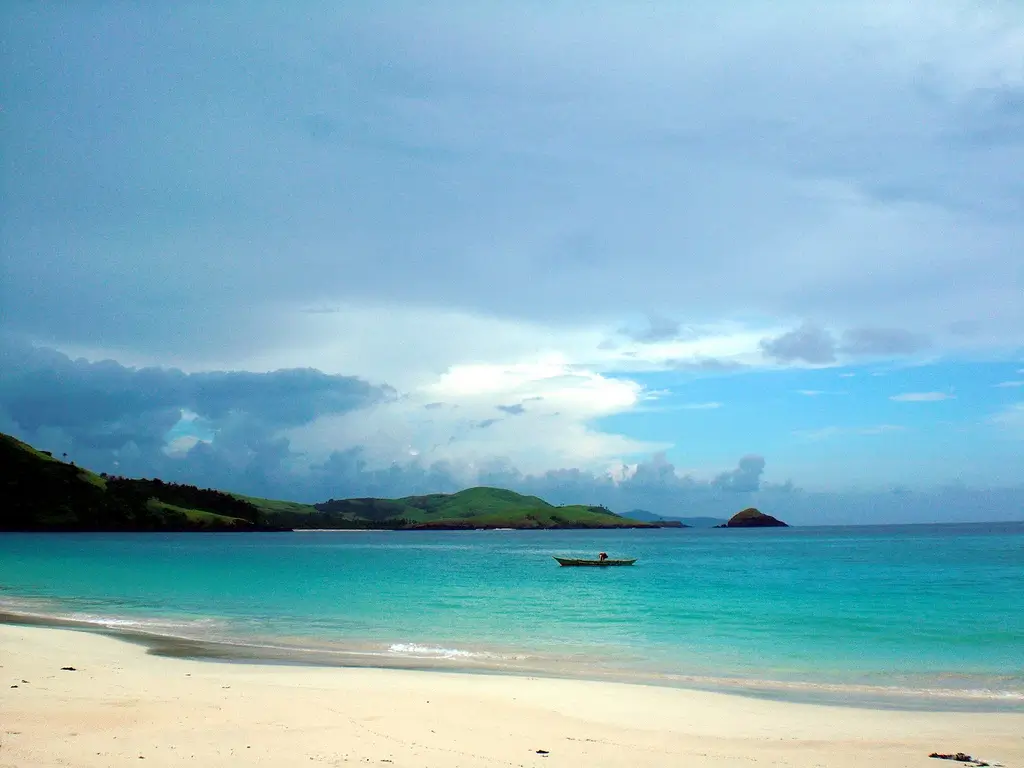
🏄 Lakawon Island & Daet/Calaguas
Lakawon Island, off the coast of Negros Occidental, is a low-key paradise for kitesurfers. Its shallow, turquoise waters and sandy bottom make it a beginner-friendly choice, while the surrounding channels offer more challenge for advanced riders.
Further north, Daet and the Calaguas Islands in Camarines Norte offer wide, sandy beaches with reliable Amihan winds. Calaguas, in particular, feels untouched — white sand, no permanent resorts, and kite launches straight from the beach.
Unique insight: Both Lakawon and Calaguas are excellent for kite-and-camp weekends. Just bring your own gear and be ready for total disconnection.
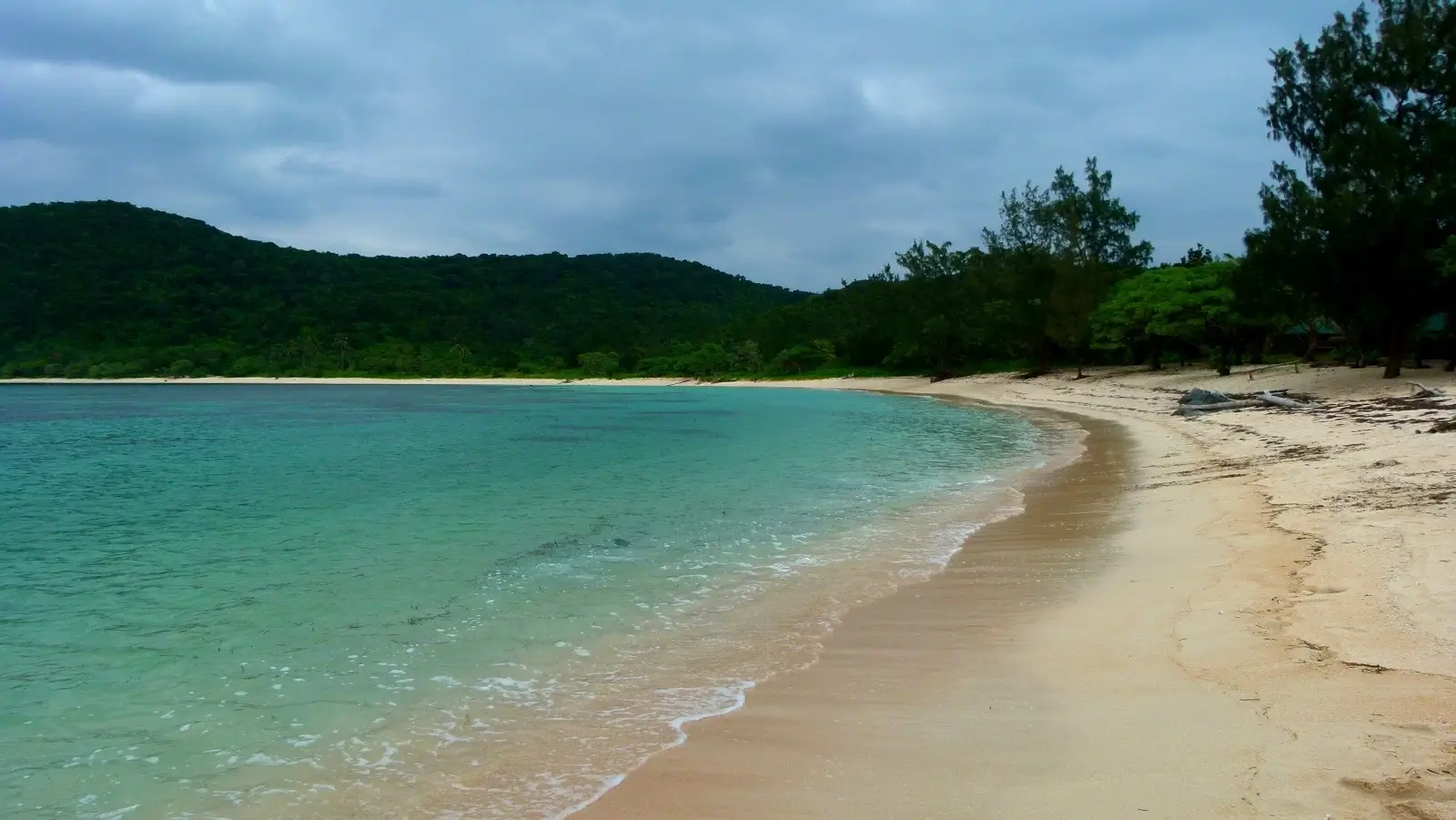
🏄 Santa Ana, Cagayan – Emerging Kite Events
At the northeastern tip of Luzon, Santa Ana is carving out a name as an event hub for kitesurfing and wind sports. Wide beaches, steady cross-shore winds, and minimal crowds make it an excellent venue for both freestyle and racing.
It’s still early days here, so facilities are basic, but the upside is you can be among the first to experience a spot before it becomes mainstream.
Unique insight: Santa Ana has been quietly hosting local kite festivals — and if momentum keeps building, it could become the Philippines’ northern kite hotspot.
Beginner vs Advanced: Which Spots Work for You
Beginner-Friendly Zones
If you’re still figuring out your stance or just starting to nail your first upwind tacks, you want forgiving conditions: steady side-onshore winds, shallow flat water, and easy access to lessons.
- Boracay (Bulabog Beach) – The gold standard for first-timers, with waist-deep lagoon sections and plenty of kite schools offering beginner lessons and rentals.
- Lakawon Island – Calm, clear shallows and soft sandy bottoms mean you can wipe out without fear.
- Capusan Beach, Cuyo – Flat-water perfection with steady winds all day.
- Calaguas – Beginner-friendly when the tide’s in, plus a total escape from crowds.
Pro tip: Don’t let remote destinations intimidate you. In places like Cuyo or Lakawon, you’ll get more personalized attention simply because there are fewer riders.
Intermediate & Wave Seekers
Once you’re confident riding upwind and landing basic jumps, you can start hunting for more challenging conditions — whether that’s waves, stronger wind, or open-water downwinders.
- Pagudpud (Kingfisher) – Consistent cross-shore waves and room to push your limits.
- Siargao Lagoon + Outer Reefs – Play between flat-water sessions and nearby breaks.
- Mindoro (Bislig Beach) – Remote, with a mix of flat and wave sections.
- El Nido / Palawan bays – Great for those ready to combine kiting with exploration.
Pro tip: Advanced riders often chase “kite safaris” in the Philippines — multi-day boat trips to ride remote sandbars like Seco Island or hidden reefs off Palawan.
Getting There & Local Tips
Transport Options
- Flights: Most kite hubs are reachable via Manila or Cebu with connecting domestic flights (e.g., Boracay via Caticlan, Cuyo via small prop planes).
- Ferries: For remote spots like Mindoro or Cuyo, ferries can be an adventure in themselves.
- Private Boats: Kite safaris and sandbar expeditions are usually organized locally — worth every peso.
Accommodations & Schools
Boracay and Pagudpud have purpose-built kite resorts. Cuyo, Mindoro, and Calaguas have smaller guesthouses or homestays — book early during Amihan season.
Local Culture & Side Activities
Island-hopping, diving, and surfing are easy add-ons. Each region has unique food — from Ilocano empanadas in Pagudpud to fresh seafood feasts in Cuyo.
Safety, Sustainability & Unique Insights
Weather Hazards & Tidal Considerations
Always check tide charts — many flat-water lagoons in the Philippines can become dangerously shallow at low tide. Keep an eye on weather updates during Habagat season when squalls can roll in quickly.
Eco-Friendly Practices
- Avoid launching or landing on coral beds.
- Support local kite schools and community-run resorts that reinvest in the area.
- Bring reusable bottles and reef-safe sunscreen.
Unique Perspective
One of the best things about kiting in the Philippines is combining the sport with local immersion — from joining fishing boat crews for sunset rides to sharing post-session BBQs with island families.
Quick Takeaways
- Best season: Amihan (Nov–Apr) for steady, clean winds.
- Top beginner spot: Boracay’s Bulabog Beach.
- Top advanced spot: Kingfisher in Pagudpud for wave action.
- Hidden gem: Cuyo Islands for unmatched wind consistency.
- Must-do: Kite safari to Seco Island or Palawan sandbars.
- Pack for variety: From boardshort sessions to wave-chasing days.
Conclusion
The Best Kitesurfing Spots in the Philippines offer a mix unlike anywhere else: world-class lagoons, empty wind-blown beaches, and wave breaks that reward the adventurous. Whether you’re launching in bustling Boracay, cruising solo in Cuyo, exploring Palawan’s island chains, or catching waves in Pagudpud, there’s a perfect patch of wind and water for your style.
The beauty here goes beyond the riding — it’s in the people you meet, the seafood you share after a long day, and the moments when the wind drops and you realize you’re kiting in one of the most beautiful places on earth. So pack your quiver, mark your tide charts, and get ready for sessions you’ll talk about for years.
And remember: respect the ocean, respect the locals, and the Philippines will give you more than just great wind — it’ll give you a reason to come back.
FAQs
Q1: When is the best time to kitesurf in the Philippines?
A1: November to April (Amihan season) offers the most consistent winds — 15–30 knots in many spots.
Q2: Which kitesurf spot is best for beginners?
A2: Boracay’s Bulabog Beach, thanks to its waist-deep lagoon and many kite schools.
Q3: Is Cuyo worth the trip for kitesurfing?
A3: Absolutely. It’s remote but offers the most consistent winds in the country.
Q4: Can I kitesurf during Habagat season?
A4: Yes, in sheltered spots like Siargao Lagoon, but expect variable wind and rain.
Q5: Do I need to bring my own gear?
A5: For major hubs like Boracay, rentals are available. For remote spots like Mindoro, bring your own.
Engagement Message
Which Philippine kite spot has your heart, and why? Drop your story in the comments and let’s swap tips. And if you found this guide useful, share it with your kite crew so they know where the next epic trip is happening!
